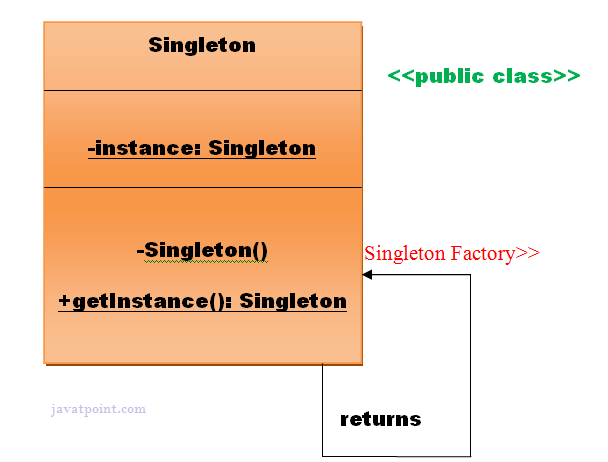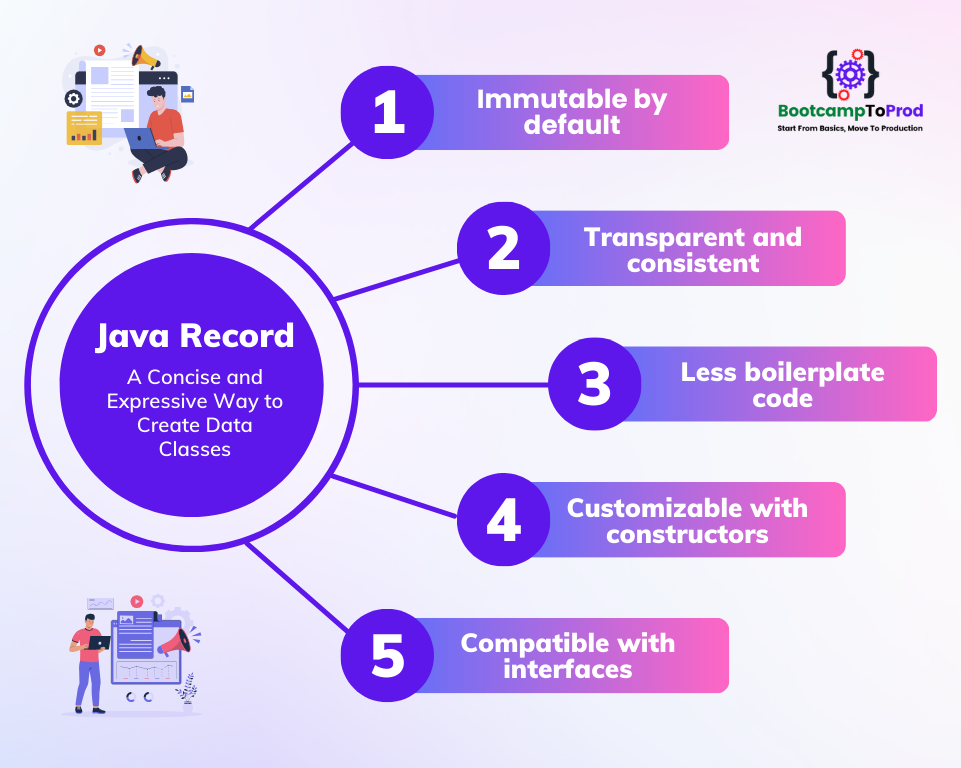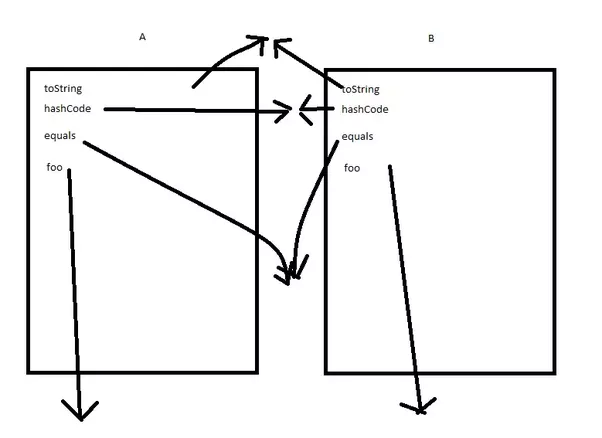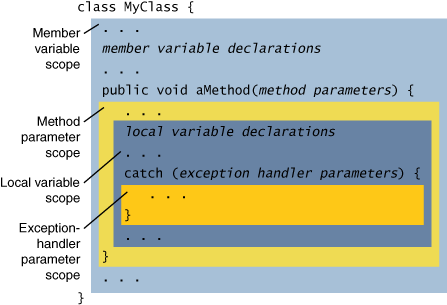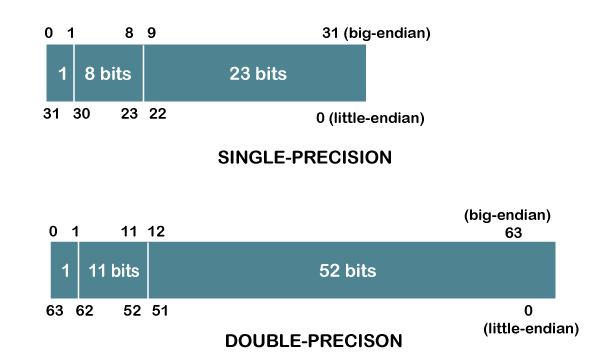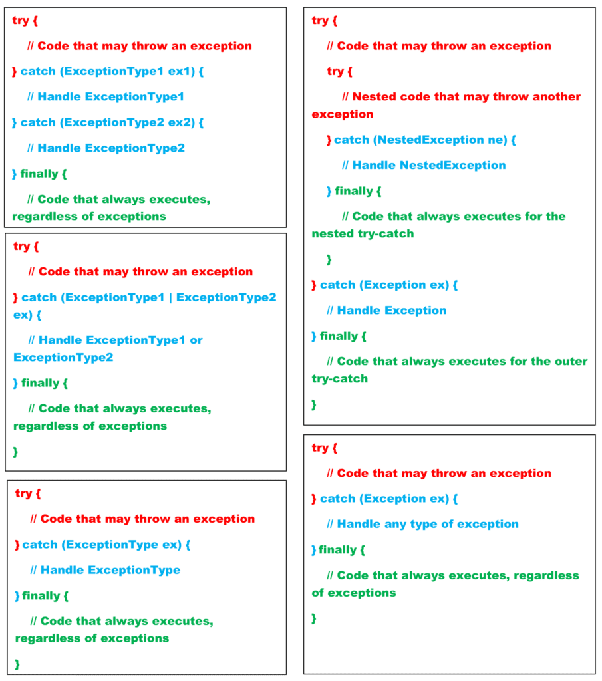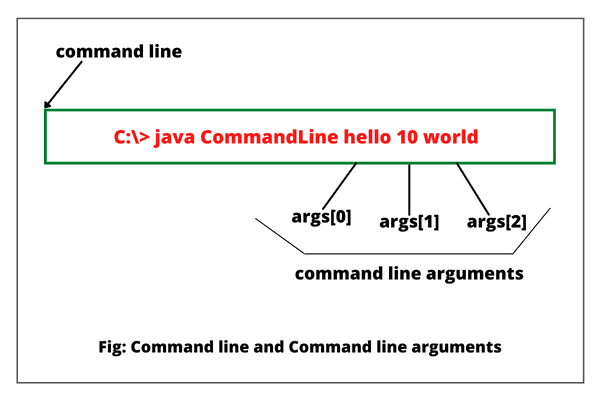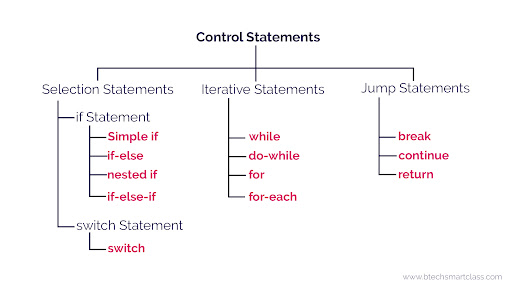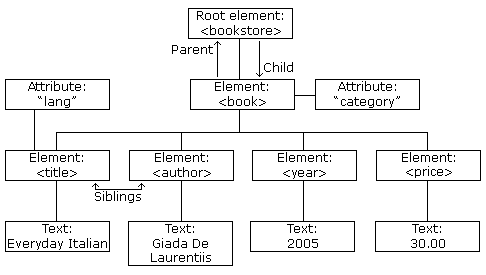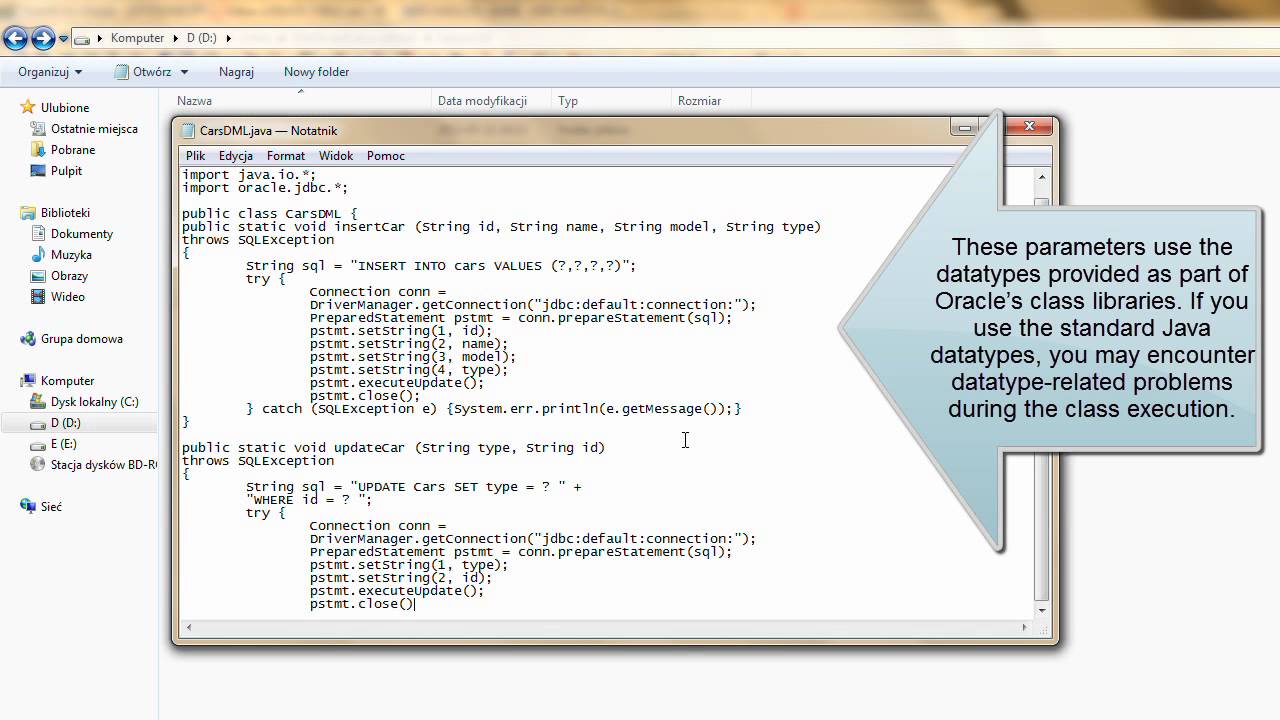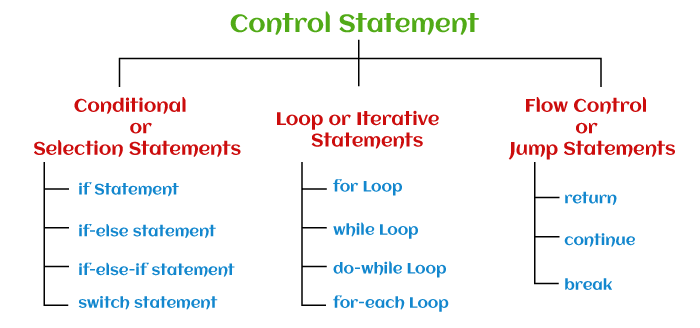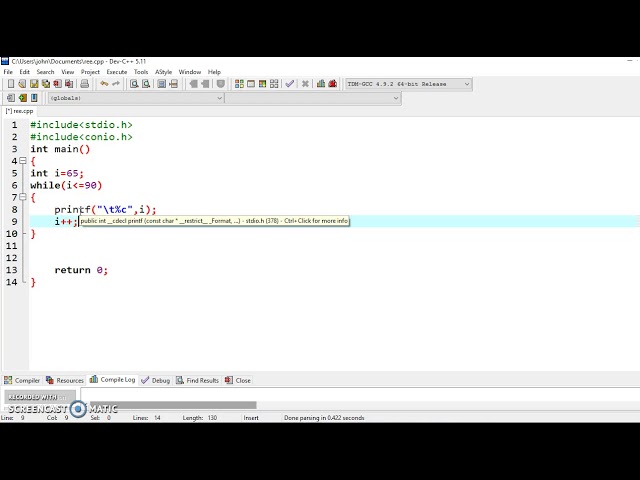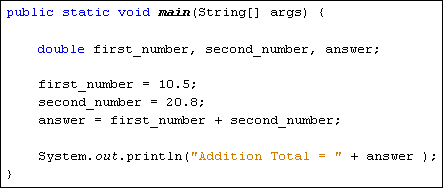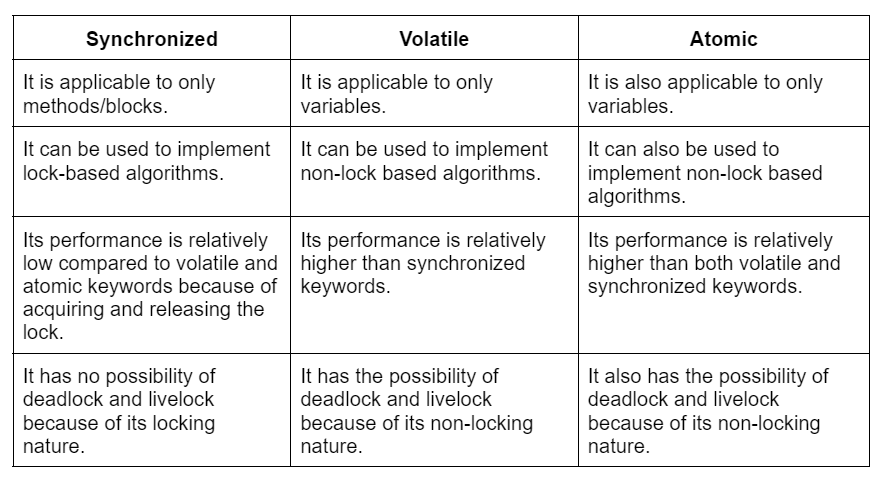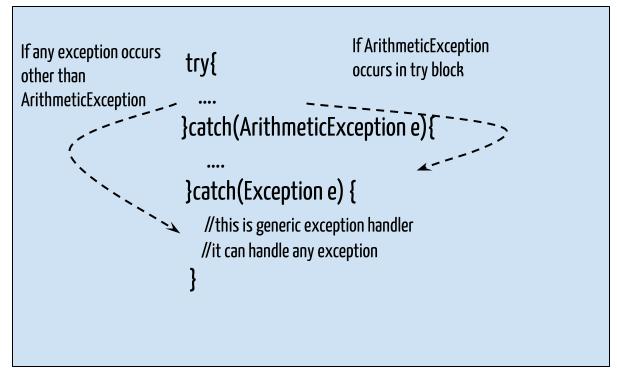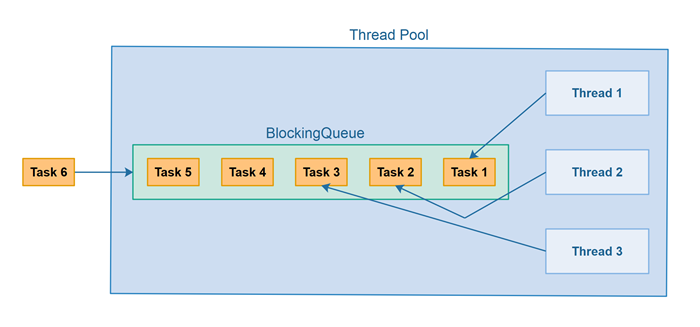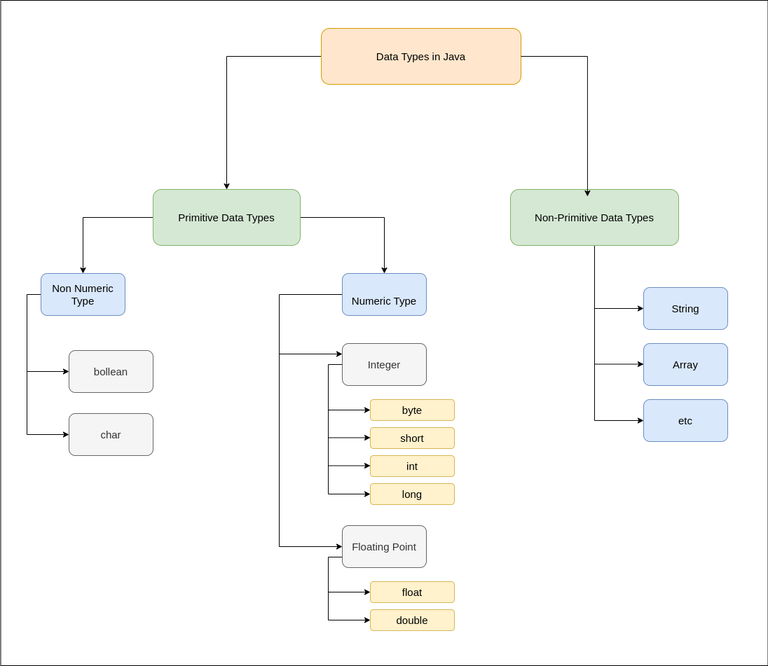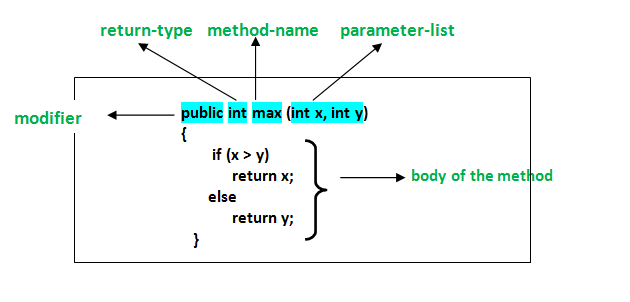Java array length example
Java array length example

I'm happy to help you with your request! Here's an example of a Java program that demonstrates how to get the length of an array:
public class Main {public static void main(String[] args) {
// Declare and initialize an integer array
int[] numbers = {1, 2, 3, 4, 5};
// Print out the length of the array
System.out.println("The length of the array is: " + numbers.length);
}
}
In this example, we declare and initialize an integer array called numbers with a length of 5. We then print out the length of the array using the length property provided by Java.
When you run this program, it will output:
The length of the array is: 5

This is because the length property returns the number of elements in the array, which in this case is 5. If we had declared the array with a different number of elements, such as:
int[] numbers = {1, 2, 3};
The output would be:
The length of the array is: 3
This demonstrates how you can use the length property to get the number of elements in an array.
Now, let's talk about why we need arrays in programming. Arrays are a fundamental data structure in Java that allows us to store and manipulate collections of values. We often use arrays when:
We need to work with a group of related data. We want to represent a collection of similar items. We want to iterate over a group of elements.Here's an example where we might use an array in real-life programming:
Suppose we're building a program that keeps track of student grades for a class. Each student has a different grade, and we need to store these grades so we can calculate the average grade later. In this case, we could declare an array called grades with a length equal to the number of students in the class, like so:
int[] grades = new int[10]; // Assuming there are 10 students in the class
We can then store each student's grade in its corresponding position in the array. For example, if John has a grade of 85 and Jane has a grade of 90, we would assign these values to the first and second elements of the array like so:
grades[0] = 85;grades[1] = 90;
Later on, when we want to calculate the average grade, we can iterate over the array using a loop, adding up each student's grade and then dividing by the total number of students.
I hope this example helps illustrate how arrays are used in programming! Let me know if you have any questions or need further clarification.
array length javascript

I'm happy to provide a response in English, but please note that my default language is Simplified Chinese.
Now, let's talk about array length in JavaScript!
In JavaScript, an array is a type of object that stores multiple values of the same data type. The length property of an array returns the number of elements in the array, including any undefined or null values.

Here are some ways to get the length of an array:
Using thelength property: You can access the length property directly from the array object.
const arr = [1, 2, 3, 4, 5];
console.log(arr.length); // Output: 5
Array.prototype.length property: This is a static method that returns the number of elements in an array.

const arr = [1, 2, 3, 4, 5];
console.log(Array.prototype.length.call(arr)); // Output: 5
Note that this method only works for arrays, not for other types of objects.
Using a loop: You can use afor loop or a forEach() function to iterate over the array and count the number of elements.
const arr = [1, 2, 3, 4, 5];
let length = 0;
for (let i = 0; i < arr.length; i++) {
length++;
}
console.log(length); // Output: 5
length and filter() (or some()) to achieve the same result.
Here are some edge cases to consider:
If the array is empty ([]), the length will be 0. If the array contains only undefined or null values, the length will still return the number of elements in the array. If the array contains a mix of defined and undefined values, the length will return the number of defined values.
That's it! I hope this helps you understand how to get the length of an array in JavaScript.



